The most appealing part of a pigeon’s face is the eye. From the time people started to breed pigeons, much has been said and written about the subject of the eye of pigeon. When you are evaluating a pigeon’s eye, of importance are the size of the pupil, the richness in color, the surface area of the iris and its pigmentation, the overall expression in the eye, and the “Vermeyen-ring.”
The size of the pupil is related to the nervous system and to the bird’s willpower. Watch out for those pigeons that have large pupils. An increase in the size of the pupil means a decrease in the ability to fight in difficult circumstances. As long as I’ve been keeping pigeons, I’ve never seen champion birds with large pupils.
An expert fancier once said:
“We aren’t interested in small pupils as such, but in the factors causing them to be small. As these are closely related to willpower.”
Always look for pigeons with pupils that, even in semi darkness, are smaller than those of other birds. Pigeons with pupils that do not change at all under different lighting conditions, but always stay the same size, to me are absolutely useless for breeding as well as for highflying or racing.
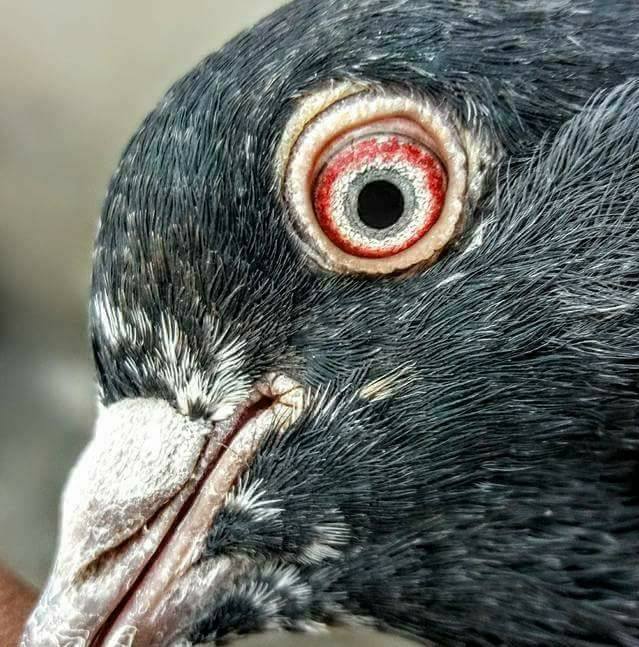
Color of Iris in Pigeon Eyes
When judging the quality of a pigeon, the next important measuring scale is the color of the iris. The iris is the colored ring between the pupil and the cornea. Sometimes you may notice a thin, black ring which separates the iris from the cornea. The ring has been named after Louis Vermeyen. The Vermeyen ring, and it is very noticeable in the younger birds.
It has never been sufficiently proven if a pallid or a vividly colored eye is either good or bad. But I’ve never disguised my opinion. I prefer a richly colored eye of pigeon. The color of the eye and the richness of that color depend upon pigmentation. Of course, I’m not saying that everything is subject to eye color, but good color is a positive sign.
Neither is it important, or is it desired that the colors are present in regular rings. The iris may show all different color variations as long as the colors are deep. Starting from the very inner circumference up to the outside border.
Pigeon eyes with many colors blended together as if an artist took all the leftover paint on his palette and painted the iris with it.
Eye of Pigeon & Blood Supply
Besides the color of the eye, an even more valuable tool for judging the performance possibilities in a pigeon is the blood supply to the eye. This is because it is closely related to the components which determine the abilities to achieve and this again allows you to draw certain conclusions which are relative to the general characteristics of a certain pigeon.
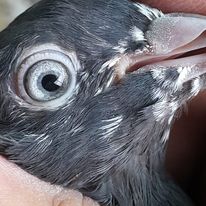
When considering pigeons with large pupils, you only have 10% chance of success. While eyes without color, or not enough granulation give you no more than a 20% chance.
Common sense tells us that to have the best possible chance of being successful in the future, we should only keep pigeons with characteristics that have a positive effect on the ability to achieve.
The rate of blood supply to the eyes, which we measure by looking at the granulation and the amount of red color, is extremely important because it gives us a clear indication of how the blood supply is to the rest of the body. When the blood supply to the eye is excellent, it is very unlikely that it is inadequate to the other parts of the body.
Vitality in Pigeon
One of the basic elements needed for the ability to achieve is vitality. Vitality in a pigeon, in a way, is similar to the bird being in top form. Pigeons, with much vitality, will year after year, day after day, look the same as an ordinary flying pigeon does when it is in top condition.
To obtain high ratings in vitality and general condition a pigeon’s body needs a blood supply that is consistently higher than that of the average bird. An increase in blood supply improves the form, a decrease does the opposite. Therefore, it is safe to state that the important ingredient in pigeons which are consistently high in vitality, is their excellent blood supply system.
When we are able to conclude from granulation and the color of the eyes that an above average blood supplies is present, we can at the same time assume that this is true for the rest of the bird’s body. Such pigeons give us a much better than average chance to succeed.
Pigeon Eye Alert !
It sometimes happens, for a certain period of time, the color of the eyes may fade significantly in pigeons who either are under stress, or who recently had to perform a strenuous task.
The sparkle disappears, showing that the entire organism is over tired, and as a consequence, the blood supply has dwindled down to the bare minimum. Pigeons, who have as a characteristic a poor blood supply system, are unable to perform well.
Circle of Correlation
Something we haven’t discussed, as of earlier is the ‘surveillance’ ring. The ‘surveillance’, or circle of correlation(eye-sign) is a colorless, or black, semi or whole circle, located directly between the iris and the pupil.
In the past, as well as in the present, there are fanciers who consider the size, and the shape, of this circle to be of the utmost importance. These same fanciers claim to be able to draw the most fantastic conclusions from this circle of correlation.
Remember, pigeons with a complete correlation or ‘surveillance’ circle are better suited for breeding than for racing or flying purposes, and it would be advisable for every fancier to have a few of these birds in their loft.
Another, characteristic of a racing pigeon’s eye is the ‘Vermeyen ring’ also circle of health for pigeons. The Vermeyen ring is a small black ring, separating the colored part of the eye from the cornea, which has no color.
The best way to observe this ring is by looking at the eyes of young, dark eyed pigeons, while holding them in the light.
In mature pigeons the intensity of the ring’s color is one of the best measuring tools for determine form. A close to perfect system of blood supply results in birds that easily reach top form.
At the same time this perfect blood supply system makes the Vermeyen ring change from its normal gray color to a deeper black. The color of the ring becomes a reliable aid in evaluating the overall condition of the pigeon during the entire tournament season.
Best Tip To Judge Eye of Pigeon
In conclusion, here is one more feature of the eyes: when we look a pigeon straight in the face with our eye level, parallel to the bird’s beak, we can see both eyes fully. When the eyes and the face together give you the impression of an owl’s face, most often you’re dealing with some of the smartest pigeons in the loft.
And I challenge you to test this feature for accuracy in your own loft.



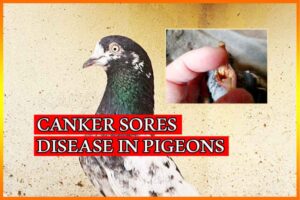



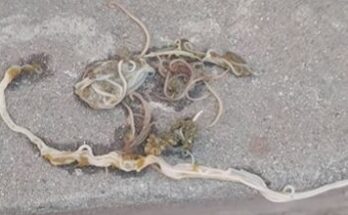
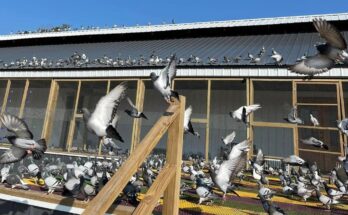
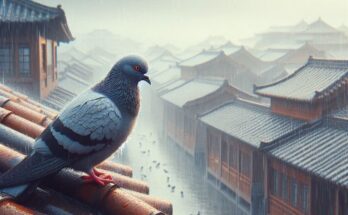
2 Comments on “Eye of Pigeon – The Secret Fanciers Don’t Know”